TP-Link Deco M5 AC1300 MU-MIMO Dual-Band Whole Home Wi-Fi System
$169.99
11% Off
This mesh networking Wi-Fi system is designed to provide enhanced Wi-Fi coverage of up to 5500 square feet. Setup, configuration, and management of the TP-Link Deco M5 is simple and can be accomplished using the Deco app, available for iOS and Android based mobile devices.
This TP-Link Deco M5 Wi-Fi System supports the 802.11 ac Wi-Fi network standard and operates on both the 2.4 and 5 GHz frequencies, supporting wireless data transfer rates of as high as 1300 Mbps. Besides enhanced Wi-Fi speeds, this system also supports multi-user MIMO technology, giving users dedicated pathways to access the network, which helps eliminate bottlenecks within the router. Along with enhanced Wi-Fi connectivity, each unit within the Deco M5 system comes equipped with dual Gigabit Ethernet ports, offering a wired alternative when connecting to the network.
TP-Link Deco M5 Feature:
EXPERIENCE WIFI LIKE NEVER BEFORE
Deco M5 uses new technology to cover your entire home in powerful WiFi. With different units cooperating seamlessly, TP-Link Deco M5 creates a home network like nothing you’ve ever experienced.
No More Dead Zones
Deco M5 delivers WiFi up to 5,500 sq. ft. to cover homes of all shapes and sizes, from the corner bedroom to the backyard. *.
High-Speed WiFi.
Every Deco unit acts like a router to keep your Wi-Fi running fast, and a TP-Link Deco M5 system can keep 100-plus devices connected at once. *.
One Network, One Name.
With Deco M5, you can walk from room to room with your smartphone or tablet and stay connected on a single Wi-Fi network.
Where To Buy TP-Link Deco M5:
TP-Link Deco M5 Spec:
| Standards | Wi-Fi 5 IEEE 802.11ac/n/a 5 GHz IEEE 802.11n/b/g 2.4 GHz |
| WiFi Speeds | AC1300 5 GHz: 867 Mbps (802.11ac) 2.4 GHz: 400 Mbps (802.11n) |
| WiFi Range | 3-5 Bedroom Houses (3-pack) TP-Link Mesh Technology Optional Ethernet backhaul work together to link Deco units to provide seamless coverage4× Antennas (Internal) Multiple antennas form a signal-boosting array to cover more directions and large areasBeamforming Concentrates wireless signal strength towards clients to expand WiFi range |
| WiFi Capacity | Medium Dual-Band Distribute devices to different bands for optimal performanceMU-MIMO Simultaneously communicates with multiple MU-MIMO clients |
| Processor | Qualcomm 717 MHz Quad-core CPU |
| Guest Network | 1× 5 GHz Guest Network 1× 2.4 GHz Guest Network |
| Dimensions (W×D×H) | 4.33 × 4.33 × 4.49 in (110 × 110 × 114 mm) |
| Package Contents | Deco M5 (3-pack) 3 Deco M5 Units 1 RJ45 Ethernet Cable 3 Power Adapters 1 Quick Installation GuideDeco M5 (2-pack) 2 Deco M5 Units 1 RJ45 Ethernet Cable 2 Power Adapters 1 Quick Installation GuideDeco M5 (1-pack) 1 Deco M5 Unit 1 RJ45 Ethernet Cable 1 Power Adapter 1 Quick Installation Guide |
| WiFi Transmission Power | CE: <20 dBm (2.4 GHz) <23 dBm (5 GHz) FCC: <30 dBm |

TP-Link Deco M5 Performance.
To test the wireless performance of the TP-Link Deco M5, I took one router unit and linked it to the Internet. Next, I connected two computers, one is a Desktop PC equipped with an ASUS PCE-AC88 4 × 4 WiFi adapter (will function as the client), while the other is a laptop equipped with an Intel 2 × 2 WiFi adapter and will work as the server (gets connected via cable). This way, I measured the data transfer rates at different locations inside the home.
From the client to the server, at no more than 5 feet, I managed to measure an average of 632 Mbps (the first time I tested, I got 490 Mbps) and, after increasing the distance between the node and the client to 15 feet, the speed decreased to 622 Mbps (instead of 331 Mbps). At 30 feet, I measured no more than 328 Mbps. From the server to the client, I measured an average of 350 Mbps, while at 15 feet, I got around 344 Mbps; at 30 feet, the speed went down to 274 Mbps. This is a dramatic increase over the last time I tested the device, so it’s clear that TP-Link has focused a lot more onto delivering a better performance using a single node. Afterwards, I took the second TP-Link Deco M5 router and connected it to the network. Through this, from the client to the server, at no more than 5 feet, I measured an average of 241 Mbps (the first time, I got 265 Mbps), while at 15 feet, the speed increased to 268 Mbps, so the two-unit system does recover after a distance increase. At 30 feet, I measured an average of 136 Mbps.
From the server to the client, I measured an average of 176 Mbps at 5 feet, while at 15 feet, the speed remained consistent to 174 Mbps; at 30 feet, I measured an average of 112 Mbps. From the server to the client, I measured an average of 135 Mbps at 5 feet, while at 15 feet, I got around 130 Mbps; at 30 feet, the speed decreased to an average of 88 Mbps.
Next, I decided to use a 2.4 GHz client to test the wireless performance: from the client to the server, at 5 feet, I measured up to 178 Mbps, while at 15 feet, the speed decreased to 132 Mbps) and at 30 feet, it went further down to 97.6 Mbps. From the server to the client, I managed to measure an average of 174 Mbps, while at 15 feet, I got 168 Mbps; at 30 feet, I measured an average of 147 Mbps.
Note: A single TP-Link Deco M5 should be able to cover up to 1,500 square feet, while the three units are advertised to be able to cover 4,500 sq. feet.
Verdict.
TP-Link Deco M5 is an interesting WiFi system which takes advantage of the mesh technology, supports MU-MIMO data streaming, has a really good wireless performance (even though it’s just dual-band) and it has an incredibly simple installation process– over the last two years, TP-Link has improved the wireless performance, especially for the user and the single-node interface feels more stable and has more features.

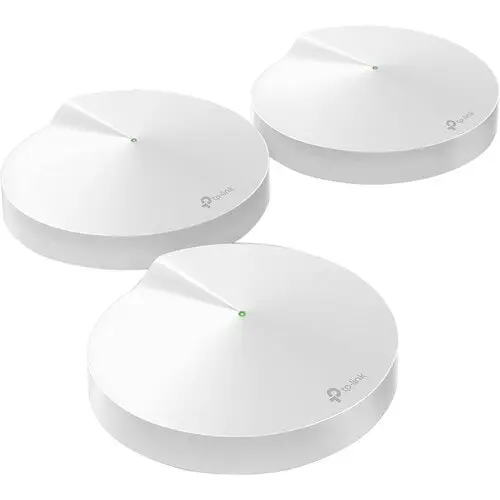


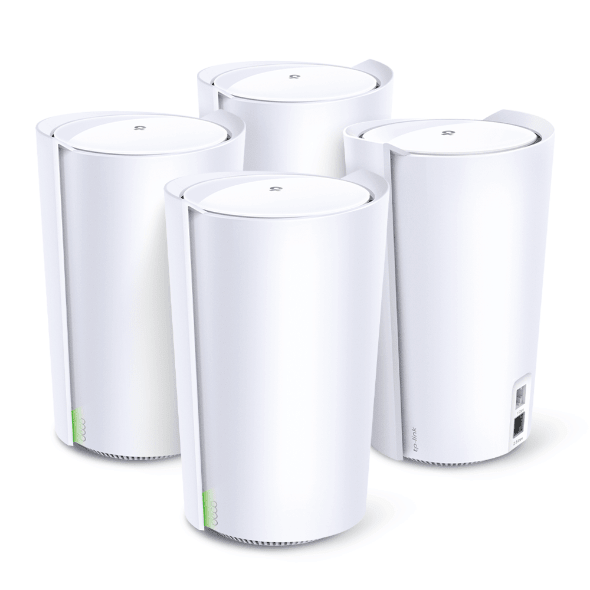
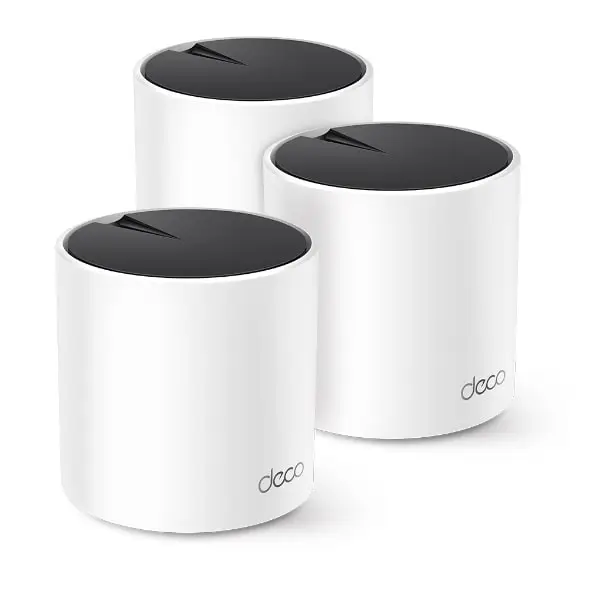
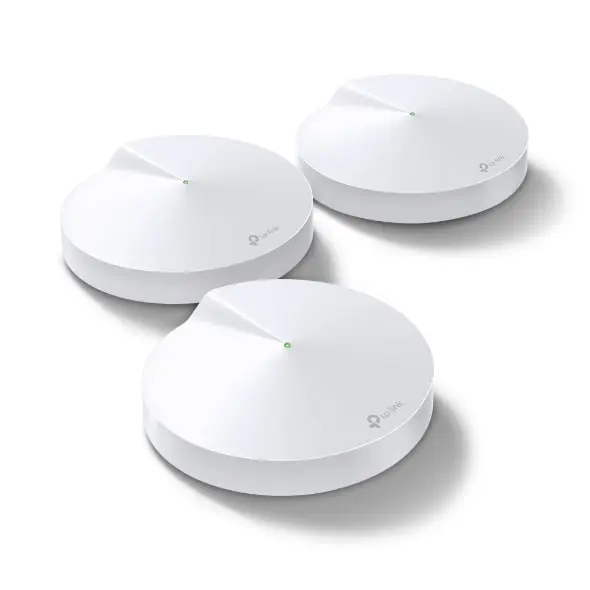
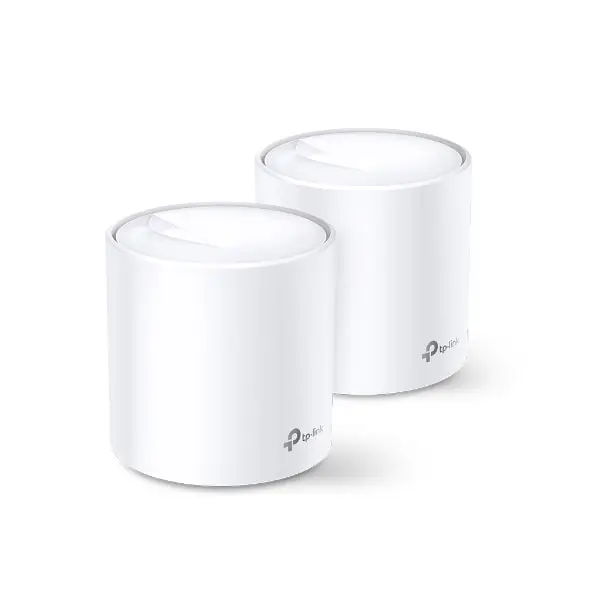
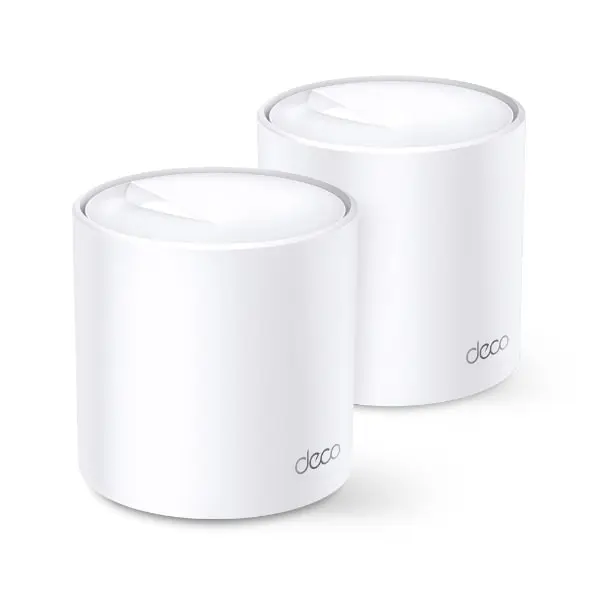


Reviews
There are no reviews yet.